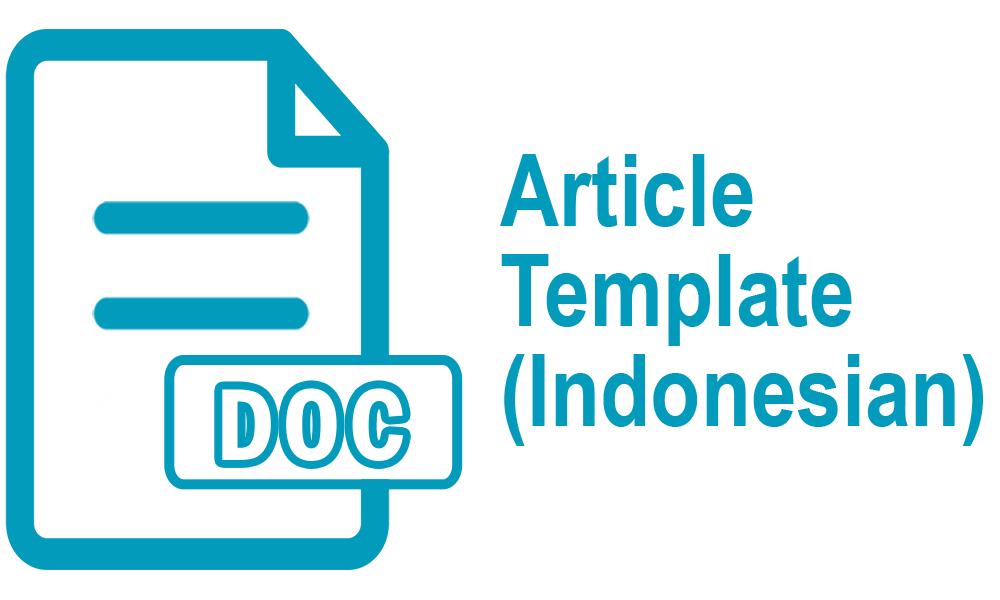An Analysis of Actantial Model in the Avatar: The Last Airbender (2024) TV Series
Abstract
This research aims to reveal the actantial scheme and actantial roles of the major characters in the first season of Avatar: The Last Airbender (2024) TV series. Using the actantial model theory developed by A. J. Greimas and applying a structuralist approach, the researchers analyze the characters’ actions. Furthermore, the researchers use qualitative methods to collect and analyze relevant data. Based on the results of the analysis, the researchers identify three schemes, which are considered complete as they contain all the key elements: a subject, object, sender, receiver, helper, and opponent. The researchers also provide an analysis of the characters’ characterization to reveal their actantial roles in each scheme. The types of characterization that appear the most are characterization through dialogue between characters and the external actions of characters.
Full Text:
PDFReferences
Aini, A. I. (2023). An analysis of the actantial model in the Cinderella (2021) film. [Unpublished undergraduate thesis]. Universitas Mulawarman.
Allrath, G., Gymnich, M., Surkamp, C. (2005). Introduction: Towards a Narratology of TV Series. In: Allrath, G., Gymnich, M. (eds.) Narrative strategies in television series. Palgrave.
Anshory, A. M. A., Nirmala, B. N., & Latifah, N. (2023). A. J. Greimas’ narrative structure in the animated film Turning Red. Advances in Social Science, Education and Humanities Research, 254–261. https://doi.org/10.2991/978-2-38476-002-2_25
Buckland, W. (2021). Narrative and narration: Analyzing cinematic storytelling. Columbia University Press.
Bordwell, D., Thompson, K., & Smith, J. (2020). Film art: An introduction (12th ed.). McGraw-Hill Education.
Castro, A. (2023). Telecinematic stylistics: Language and style in fantasy TV series. Language and Literature International Journal of Stylistics, 33(1), 3–24. https://doi.org/10.1177/09639470231214673
Creswell, J. W., & Creswell, J. D. (2018). Research design: Qualitative, quantitative, and mixed methods approaches (5th ed.). SAGE Publications, Inc.
Ferreirós, J. (2022). Conceptual structuralism. Journal for General Philosophy of Science, 54(1), 125–148. https://doi.org/10.1007/s10838-021-09598-8
Forni, D. (2020). Young adults and TV series. Netflix and new forms of serial narratives for young viewers.
Ghosh, A. (2022). Analysis of Single-Shot and Long-Take Filmmaking: Its evolution, technique, mise-en-scène, and impact on the viewer. Indian Journal of Mass Communication and Journalism, 2(2), 4–12. https://doi.org/10.54105/ijmcj.b1023.122222
Gill, R. (1995). Mastering English literature (2nd ed.). Palgrave.
Greimas, A. J., & Courtés, J. (1982). Semiotics and language: An analytical dictionary (Trans.). Indiana University Press.
Hébert, L. (2020). An introduction to applied semiotics: Tools for text and image analysis. Routledge.
Hébert, L. (2022). Introduction to literary analysis: A complete methodology. Routledge.
Martilova, Y. (2024). Storytelling through film as a social communication media campaign (Narrative analysis of Algirdas Greimas on film “Photocopier”). AICCON, 1, 419-427.
Max, J. I. S. D., Sudirman, E. P., Rahayu, F. E. S., & Nugroho, B. A. (2023). Discourse in Billboard Woman of the Decade award: an actantial analysis. Leksika: Jurnal Bahasa, Sastra dan Pengajarannya, 17(1), 39-55. https://doi.org/10.30595/lks.v17i1.16077
Mena, M., & Prabha, T. V. (2021). A Study on Visual Storytelling Techniques of Maniratnam Movies: Cinematography and Mise en Scène Analysis of Selected Movies. Annals of the Romanian Society for Cell Biology, 25(6), 9599-9606.
Miles, M. B., Huberman, A. M., & Saldaña, J. (2014). Qualitative data analysis: A methods sourcebook (3rd ed.). SAGE Publications.
Nayar, P. K. (2009). Contemporary literary and cultural theory: From structuralism to ecocriticism. Pearson Education India.
Pabiona, H. Y. (2021). The actantial scheme of AJ Greimas in Paula Hawkins's "The Girl on The Train": Structuralist approach. [Doctoral dissertation].
Petrie, D. W. & Boggs, J. M. (2018). The art of watching films (9th ed.). McGraw-Hill Education.
Schleifer, R. (2017). A. J. Greimas and the nature of meaning: Linguistics, semiotics and discourse theory. Routledge.
Soucy-Humphreys, J., Judd, K., & Jürgens, A. (2023). Challenging the stereotype through humor? Comic female scientists in animated TV series for young audiences. Frontiers in Communication, 7. https://doi.org/10.3389/fcomm.2022.1024602
Wood, J. (2008). How fiction works. Macmillan.
DOI: http://dx.doi.org/10.30872/jbssb.v9i4.22202
Refbacks
- There are currently no refbacks.
Copyright (c) 2025 Alya Natasha Zahrani Arhim, Jonathan Irene Sartika Dewi Max
Editorial address:
Fakultas Ilmu Budaya, Universitas Mulawarman
Jl. Ki Hajar Dewantara, Gunung Kelua, Kec. Samarinda Ulu, Kota Samarinda, Kalimantan Timur, Indonesia 75123
Email: jurnalilmubudaya.fibunmul@gmail.com
Website: http://e-journals.unmul.ac.id/index.php/JBSSB
Ilmu Budaya: Jurnal Bahasa, Sastra, Seni, dan Budaya is licensed under a Creative Commons Attribution-ShareAlike 4.0 International License






